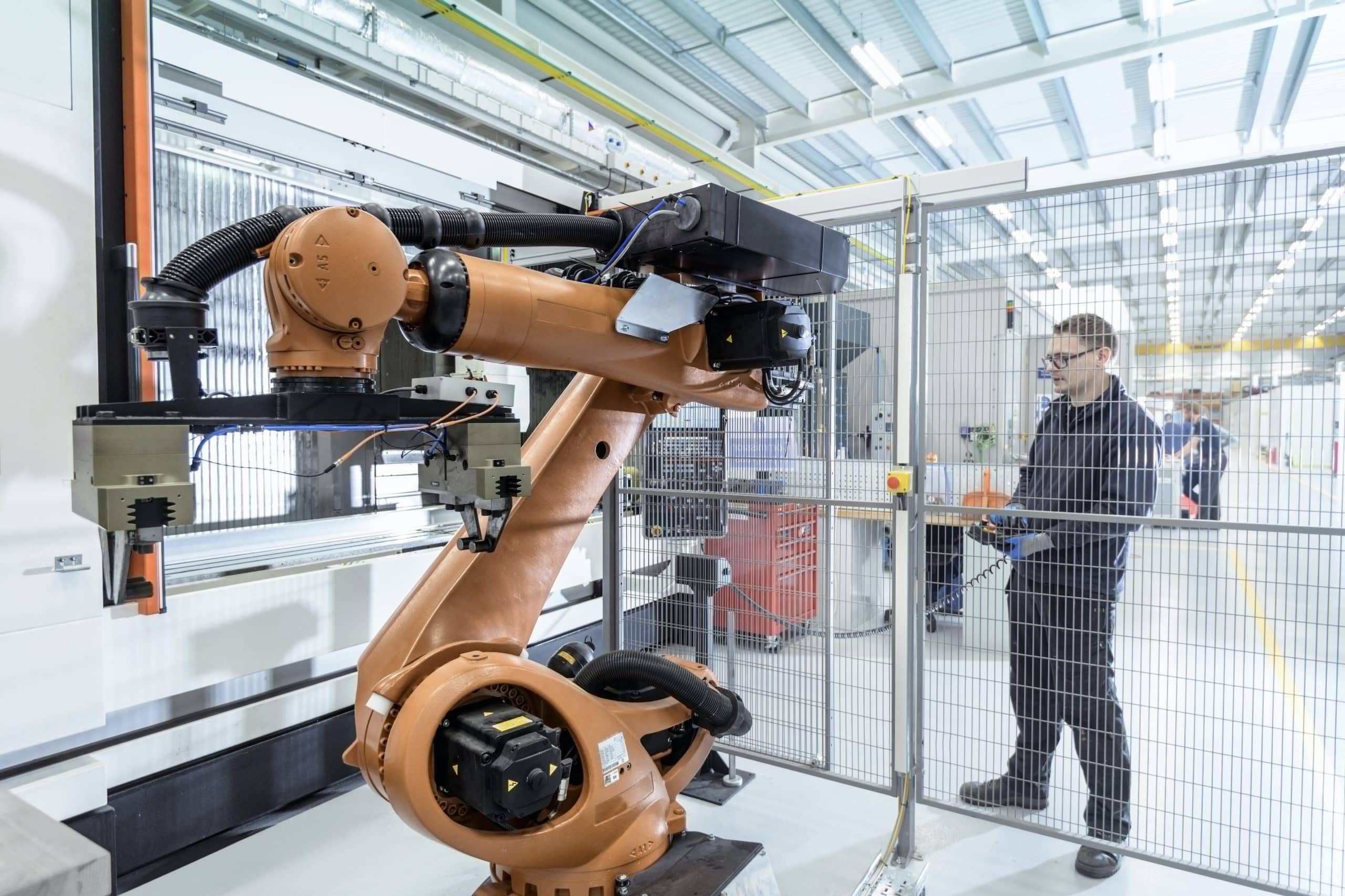How Are Autonomous Robotic Arms Transforming Precision in Microsurgeries?

Imagine a world where a robot operates on you with such precision that human error is virtually eliminated. This is not a sci-fi movie plot, but today’s reality. Autonomous robotic systems are becoming increasingly prevalent in the surgical realm, specifically in microsurgeries, which require meticulous accuracy and stability. Let’s delve into how these robotic arms are revolutionizing surgical precision.
Autonomous Robotic Arms in Microsurgery
Microsurgeries involve operating under a microscope on minuscule structures, often only a few millimeters in size, such as the retina or blood vessels. The surgeon must demonstrate exceptional hand-eye coordination and maintain a steady hand throughout the procedure. This is where robotic systems come into play.
Also to see : Explore the allure of mystery box adventures in italy
Robotics in medicine started to gain traction in the late 1980s with the development of the first laparoscopic surgical robot, called the Puma 560. Since then, robotic systems have evolved into sophisticated devices capable of performing complex tasks. One such development is the microsurgical robotic system (MSR), a robot capable of executing microsurgeries with exceptional precision.
MSRs have multiple degrees of freedom (DOF) that allow them to turn, move, and position their robotic arms in ways that would be challenging or impossible for a human hand. This added flexibility and movement precision allows the MSR to perform microsurgical tasks with a higher degree of accuracy and repeatability than a human hand.
In the same genre : How do you create infographics and visual presentations to explain complex concepts ?
Enhanced Perception and Improved Outcomes
The key to a successful microsurgery lies in the surgeon’s ability to perceive the surgical field. This perception primarily relies on the surgeon’s vision, which is often magnified using an operating microscope. Nevertheless, there are limitations to human sensory perception. Robots can enhance perception beyond human capabilities.
One example is Optical Coherence Tomography (OCT). OCT is a non-invasive imaging technique that provides high-resolution, real-time, cross-sectional images. When integrated with an MSR, OCT allows the robot to visually perceive and interpret the surgical field better. The robot can then use this information to execute precise movements based on the accurate spatial perception provided by OCT.
Furthermore, robots can be equipped with touch sensors that provide haptic feedback, which is a fancy term for the sense of touch. These sensors can be far more sensitive than the human hand, allowing the robot to detect and respond to delicate tissues and structures with greater care, avoiding damage and improving patient outcomes.
The Role of Artificial Intelligence and Machine Learning
Artificial Intelligence (AI) and Machine Learning (ML) are playing an increasingly significant role in the development of autonomous robotic systems. AI allows these systems to learn from past surgical procedures, improving their efficiency and effectiveness over time.
AI and ML can be used to analyze data generated by the MSR during surgery. This data can include information from OCT and force sensors, which measure the amount of pressure applied by the robot. By analyzing this data, AI algorithms can learn to predict and adjust the robot’s movements, providing real-time feedback to the robot, and enhancing the precision of the surgery.
The Human-Robot Relationship in Microsurgery
While robots offer many advantages, it’s essential to remember that they are tools designed to assist humans, not replace them. In the context of microsurgery, robots can make precise movements, the surgeon plans and executes the procedure.
The surgeon monitors the robot’s actions and steps in when necessary. As such, the interaction between the surgeon and the robot is crucial. Some robotic systems, such as the da Vinci Surgical System, use a teleoperation interface that allows the surgeon to control the robot from a console. This interface provides sensory feedback to the surgeon, offering a sense of touch and depth perception that enhances the surgeon’s control over the procedure.
The Future of Autonomous Robotic Arms in Microsurgeries
The potential for autonomous robotic arms in microsurgery is vast. Already, they have shown promise in reducing surgical errors and improving patient outcomes. Their ability to perform with consistent precision and steadiness is particularly beneficial in microsurgeries, where even the tiniest error can have severe consequences.
However, there are still challenges to overcome. For instance, the high cost of these systems and ensuring their safe and effective implementation in clinical settings. But, as technology continues to advance, it is likely that we will see more widespread use of autonomous robotic arms in microsurgeries, further enhancing surgical precision and patient outcomes.
With the increasing integration of AI and ML, these systems will continue to improve, learning from each procedure to perform even more accurately and effectively. It’s an exciting time in the world of surgical robotics, and we look forward to what the future holds.
Integration of Robotic Systems in Retinal Surgery
In the field of ophthalmology, retinal surgery is one of the most delicate and challenging procedures. It requires exceptional precision due to the tiny, sensitive structures involved. In recent years, the application of MSR systems has been increasingly popular for retinal vein cannulation and membrane peeling, thanks to their enhanced accuracy and repeatability.
The integration of force sensing technology in robotic systems provides a significant advantage in retinal surgery. With this technology, the robotic arm can measure the amount of pressure it applies during the procedure, reducing the risk of damage to the retina. A study published on Google Scholar demonstrated that the use of force feedback in retinal vein cannulation significantly improved the success rate and reduced the risk of retinal hemorrhage.
In addition to force sensing, other technologies like motion scaling and real-time imaging are transforming retinal surgery. Motion scaling reduces the amplitude of the surgeon’s hand movements, enabling more precise control of the surgical tool. Real-time imaging, on the other hand, provides high-resolution, cross-sectional images of the retina, guiding the robot during the procedure.
Robotic systems, including the RCM mechanism, have shown promising results in retinal surgery. The RCM, or Remote Center of Motion, mechanism provides stability and precision by ensuring that the surgical tool moves around a fixed point. This mechanism is essential in retinal surgery, where any unintended movement could lead to severe complications.
Deep Learning and the Future of Robotic Microsurgery
The field of robotic microsurgery continues to evolve, with deep learning being at the forefront of its future. Deep learning, a subset of machine learning, involves neural networks that learn from large amounts of data. In the context of robotic systems, deep learning algorithms can analyze data from previous surgeries to improve the performance of the robot.
As these robots execute more surgeries, they generate more data. This data, analyzed in real-time, can provide valuable insights and feedback to the robot, enhancing its precision and reducing the risk of errors. Furthermore, by learning from each surgical procedure, these robots can continuously improve, becoming more efficient and effective over time.
The potential of deep learning in robotic surgery is enormous. As technology continues to advance, we can expect to see even more sophisticated MSR systems, capable of executing more complex tasks and achieving even better patient outcomes.
Conclusion: The Promising Horizon of Robotic Microsurgery
As we have seen, autonomous robotic arms are indeed revolutionizing the field of microsurgery. Their unmatched precision, consistency, and ability to operate in a controlled environment make them invaluable tools in delicate procedures like retinal surgery.
While the cost of these systems remains a hurdle, continuous advancements in technology are likely to make them more affordable and accessible in the future. The integration of AI and ML into these systems is particularly exciting, offering the promise of continuously improving surgical robots.
While the role of the surgeon remains paramount, it’s clear that autonomous robotic systems are here to stay. They are not replacing surgeons but rather augmenting their abilities, providing them with tools that can enhance their precision and improve patient outcomes.
In closing, it’s essential to remember that technology is merely a tool, and its effectiveness lies in how well it is implemented and used. As the field of robotic microsurgery continues to evolve, we can look forward to a future where surgical errors are significantly reduced, patient outcomes are improved, and surgeries are executed with unparalleled precision.
